Product Maturity Stages: Prototype, PoC, MVP, and more!
The development from idea to first shippable product is a tough and sometimes long journey. During that process, your idea typically evolves through the different product maturity stages that are described below.
These product maturity stages will help you to develop a product after finding out if there is any market demand at first before you start developing at all. After validating the desired market demand your idea becomes to live as an early prototype. You will prove that your concept works out the way it is planned before coming up with the minimum viable product. Find an audience you can bring true value to make it fall in love with your minimum lovable product. Add everything that is needed, cut everything that is too complex or too specific to be able to market your minimum marketable product to a broader audience, and follow the agile product development cycle in order to create a great product.
Pretotype
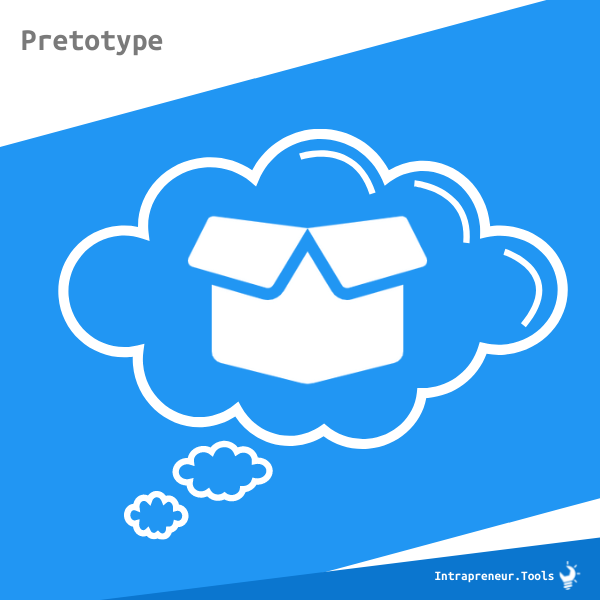
- pretending to already have built a product
- get feedback on idea
- find target audience
Do you have a good solution to solve a current problem? Want to challenge your idea before getting too engaged with the topic? Start with a pretotype!
The term pretotype is comprised of the two words “to pretend” and “prototype”. As the term suggests, instead of having a functioning prototype, you pretend to be that far in your product maturity process. Instead, you try to validate your idea, collect feedback and adjust your idea. You can do that by either telling people in conversations about your pretotype, set up a sign-up page to validate the interest using sign-ups as a proxy variable to measure the interest, or pre-sell your product if you want to sort out the users that are so committed to your idea, that they will pay upfront to get your product launched.
In some cases, someone might point out to you, that your idea already exists. This might feel bad at the first glance but is a truly valuable hint. It prevents you from starting to work on a product, that already exists. Keep in mind that there is always room for competition. Do your homework to find out, if your solution is different from the one being offered and if so, do you have the chance to create a competitive advantage that is costly to imitate and thus sustainable.
In other cases, someone might ask you to explain the differences to a possible competitor. If you have done your homework well, this one should be easy for you. However, keep in mind that your thought difference might be different from the perceived difference of the person who asked you to explain the difference. Take this information to either adjust your description of your pretotype, incorporate the feedback into your idea or come up with new solutions to your problem that are better than the ones already existing.
Prototype
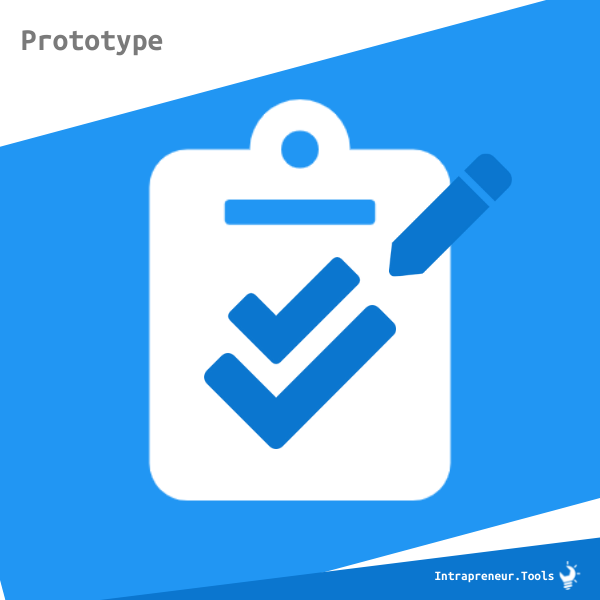
- test different implementation strategies
- very early stage beta version of product or service
- test and learn fast and cheap
You’ve got your first iteration of product development-ready? A prototype is the first stage of a product to start testing. Your prototype is the first functioning version of your later product. It might have bugs here and there or needs adjustments but it is ready to be shown to first users in order to get an understanding of your solution and give feedback.
Depending on the feedback, you might want to build several iterations of prototypes before building a first shippable version of your product – this is totally fine, saves a lot of money and time, and ensures that you keep your focus on the customers’ needs and incorporate feedback in an agile development process.
Proof of Concept / PoC
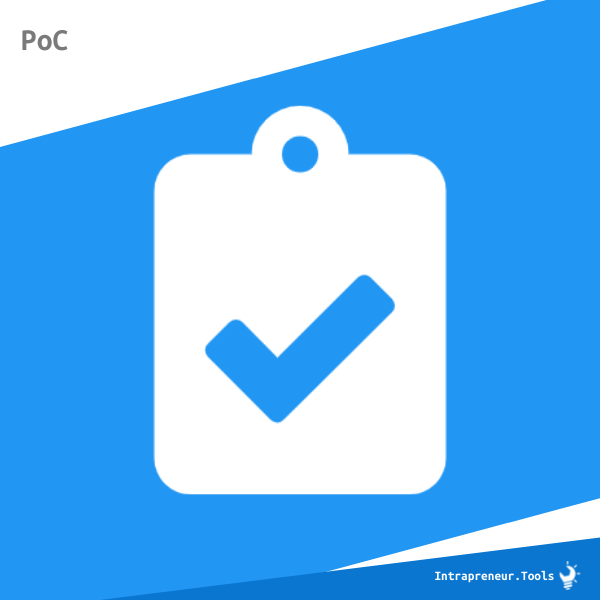
- validate underlying hypothesis
- find out whether to pivot or persevere
- test workflows, main technology and critical external factors
A proof of concept is supposed to show, that not only your solution works but that it will also have a market fit. Building a product comes with costs and usually the goal to make a profit by selling it (let’s keep it simple for now). You can have an outstanding prototype that everyone loves but nobody would pay a penny for. This is generally the case when your solution does not solve a problem that is worth solving (financially for the customers).
In order to test your concept, come up with a workflow that mimics the way you are going to solve the challenge(s) of your customers with your final product. This can either be a functional paper-based or 3D-printed model of a physical product, a click-dummy of an app, or your first lines of code executing the main process. Bring this prototype to work with your first prospective users. Let them use your prototype to prove your concept.
Don’t be afraid of fallbacks in this stage. Work in iterations by gathering feedback and implementing changes and adaptions to finally build a working proof of your concept before you move on.
MVP
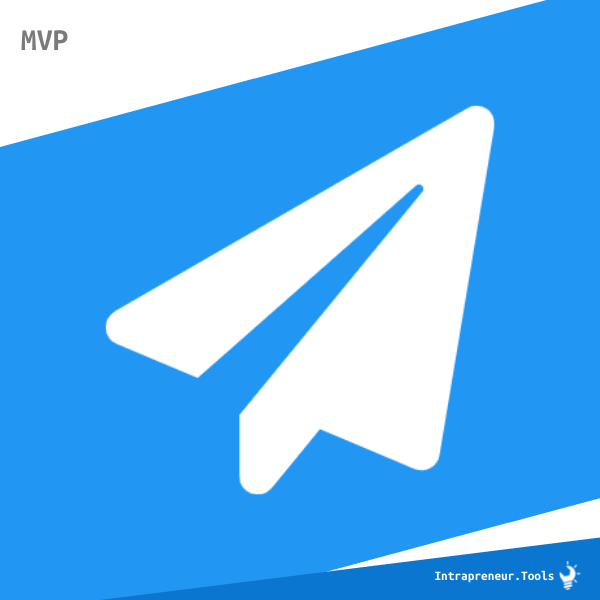
- create and provide value to first user base
- get feedback from first users using your product or service
After you have successfully proven your concept, you will focus on building your first shippable increment: your minimum viable product. Think of it as an alpha test of your product. It will be far from perfect, it will most likely have a lot of bugs and it might look extremely basic but it will get the job done and thereby add value to its users. Make sure that your MVP adds more value than it confuses, frustrates, or bugs your users due to the state of imperfection.
The MVP allows for broader testing. Get more users to test your MVP, gather feedback, and don’t be afraid of users pointing out what does not work yet. This feedback is most valuable because it will help you define the direction in which you should steer your boat to reach the next product maturity stage. While adjusting to the needs of your first customers, you are able to test your product-market fit and see if you can create a product that is able to serve customers’ needs in your market.
MLP
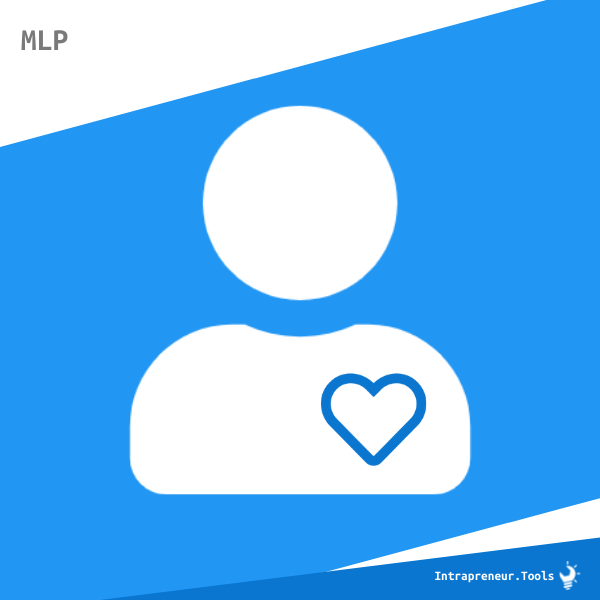
- provide aknowlagable value to your best customers
- find out how your product or service benefits your customers
- create marketing strategy
- turn users into advocates
You’ve launched your first MVP, filtered the valuable feedback for the aspects users like and the ones that need to be improved. Now it is time to decide which way to go to focus your product. You are most likely confronted with more bugs, ideas for improvement and feature requests that you can handle. Don’t worry! Critically analyze the feedback to find difficulties most users had and desires that come from your heavy users that see the most value in your product.
Those are the users that later turn into customers (if they aren’t paying customers already). Your minimum lovable product makes your solution so desirable for this target group, that they are convinced, they are hardly willing to live without it anymore.
MMP
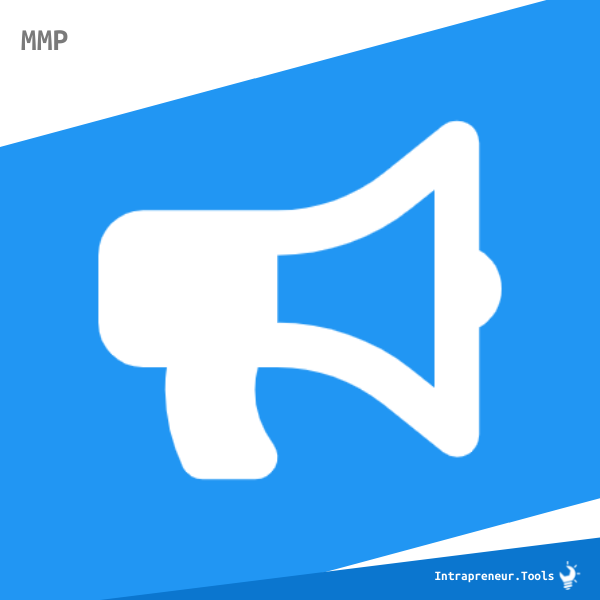
- prepare product to launch to a broader audience
- collect relevant KPI to set your development roadmap
- spread thw word and market your product
Time to go big! The customer audience that you have been serving with your MLP provided you with valuable input on how they use your product or service and more importantly, they let you know how it benefits their everyday life or tasks and routines at work. This input is crucial to find out which value propositions you can pick on in your marketing strategy.
In addition, your customer base of your MLP also serves great as a source for testimonials. Let your customers speak about your product or service which not only gives your product a more tangible human touch but also legitimation due to the social proof.
Your Minimum Marketable Product (MMP) is a stable version of your product or service that withstands the mostly harsher critique of the broad market that you are going to release your product or service to in this phase.
Be prepared, that most likely you will not be able to please everyone, since you are now addressing a broader customer base with various backgrounds, needs, and abilities to judge your product. However keep in mind, that again you will receive great feedback to get inspired and evolve your product or service to a next and better version.

Comments 1
Pingback: Designing an innovation process from scratch – a blueprint. | Intrapreneur.Tools